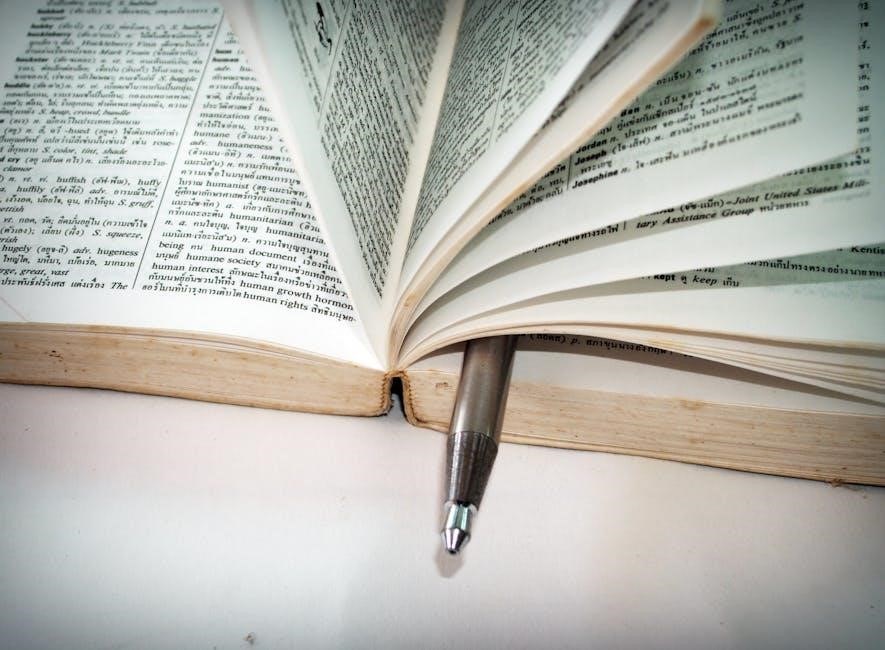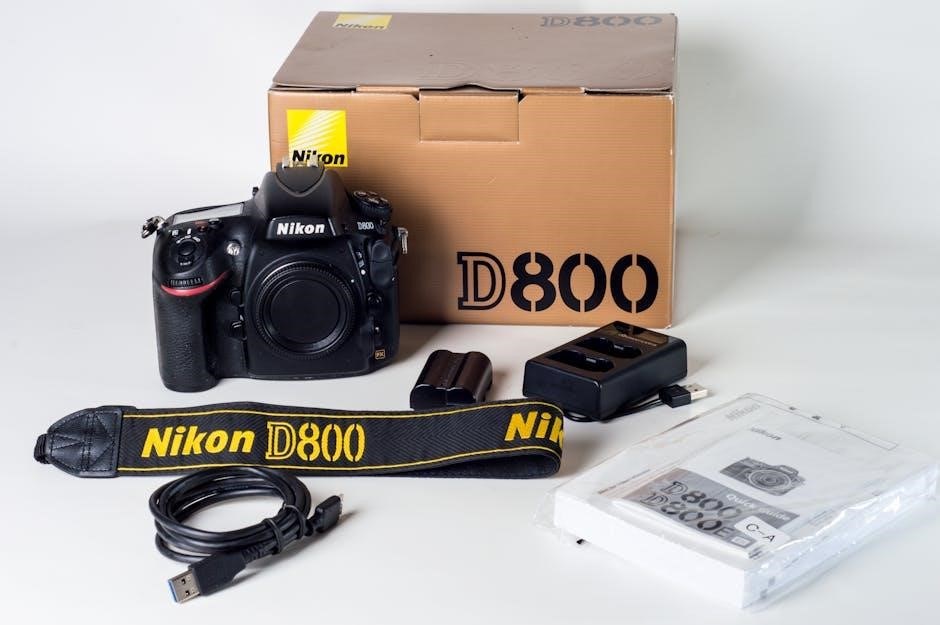Referencing a user manual requires proper citation, using
standard formats
and including essential publication details, to maintain academic integrity and credibility in research papers and other written works effectively always.
Understanding the Importance of Proper Citation
Proper citation is crucial when referencing a user manual to avoid plagiarism and give credit to the original authors. According to online resources, citing a manual requires attention to detail and adherence to standard formats. The importance of proper citation lies in maintaining academic integrity and credibility in research papers and other written works. A well-cited manual can enhance the credibility of a research paper, while incorrect or missing citations can lead to serious consequences. Online guides provide examples of references for periodicals, books, and edited book chapters, which can be useful in understanding the importance of proper citation. By following established guidelines and using online resources, individuals can ensure that their citations are accurate and complete, thereby upholding the principles of academic integrity and responsible research practices, which is essential for building trust and credibility in academic and professional settings always.

APA Style Guidelines for Referencing Manuals
APA style guidelines require specific formatting and inclusion of publication details for manual references, using title and organization as author, following standard citation rules always correctly online.
Examples of In-Text Citations and Reference Formats
When referencing a user manual, in-text citations and reference formats are crucial for maintaining academic integrity. According to the guidelines, the reference format for a manual includes the title, edition, place of publication, publisher, and year of publication. For example, the reference for an iPad user guide would be listed as iPad User Guide, with the publisher and year of publication included. The in-text citation would then reference the title of the manual, with the page number if applicable. It is essential to follow the standard citation rules and formats to ensure consistency and accuracy in referencing user manuals. Proper citation also allows readers to locate the source material, which is vital for research and academic purposes. By including the URL, if accessed online, readers can easily access the same copy of the manual, promoting transparency and accountability in research.

MLA Style Guidelines for Referencing Manuals
MLA style guidelines require manual title, edition, and publication details, including publisher and year, to be included in the Works Cited page, with a corresponding in-text citation, always following standard formats.
Directing Readers to Online Versions of Manuals
To direct readers to online versions of manuals, it is essential to include the URL in the reference, without the http:// portion, and close with a period. This allows readers to access the same online version of the manual that was used in the research.
When referencing online manuals, it is crucial to provide the most up-to-date URL to ensure readers can access the manual. If the manual is available in print, but was accessed online, the URL should still be included in the reference.
This enables readers to consult the same version of the manual, which is particularly important for manuals that are regularly updated or revised. By including the URL, researchers can ensure that their references are accurate and reliable, and that readers can easily access the online version of the manual;
Additionally, including the URL in the reference also helps to maintain academic integrity and credibility in research papers and other written works.

Chicago Style Guidelines for Referencing Manuals
Manuals are cited using title and publication details, including edition and publisher, in Chicago style references always following specific formatting rules and guidelines carefully.
Unpublished and Informally Published Works
Unpublished and informally published works, such as user manuals, can be challenging to cite due to the lack of formal publication details. According to guidelines, when referencing an unpublished manual, the title should be placed in quotation marks and the organization that produced the manual should be cited as the author. If the manual is informally published, the reference should include the title, edition, and publication details, if available. The Chicago style guidelines recommend including the URL or other access information for online manuals. It is essential to carefully evaluate the credibility and reliability of unpublished and informally published works before citing them in a research paper. By following the appropriate citation guidelines, researchers can ensure that their references are accurate and complete, maintaining the integrity of their work. Proper citation of unpublished and informally published works is crucial in academic and professional settings.

Other Reference Styles and Examples
Other reference styles, such as the American Medical Association (AMA) and the Institute of Electrical and Electronics Engineers (IEEE) styles, also provide guidelines for citing user manuals. The AMA style recommends citing the manual title, edition, and publication date, while the IEEE style suggests including the title, author, and publication information. Examples of citations for user manuals in these styles can be found online, providing researchers with a range of options for referencing their sources. Additionally, some fields, such as engineering and technology, may have their own specific citation styles and guidelines for referencing user manuals. By consulting the relevant style guide or seeking guidance from a librarian or instructor, researchers can ensure that their citations are accurate and consistent. Proper citation of user manuals is essential in maintaining the credibility and validity of research, and using the correct reference style is crucial in achieving this goal. Researchers should always verify the citation style required by their institution or publication.
